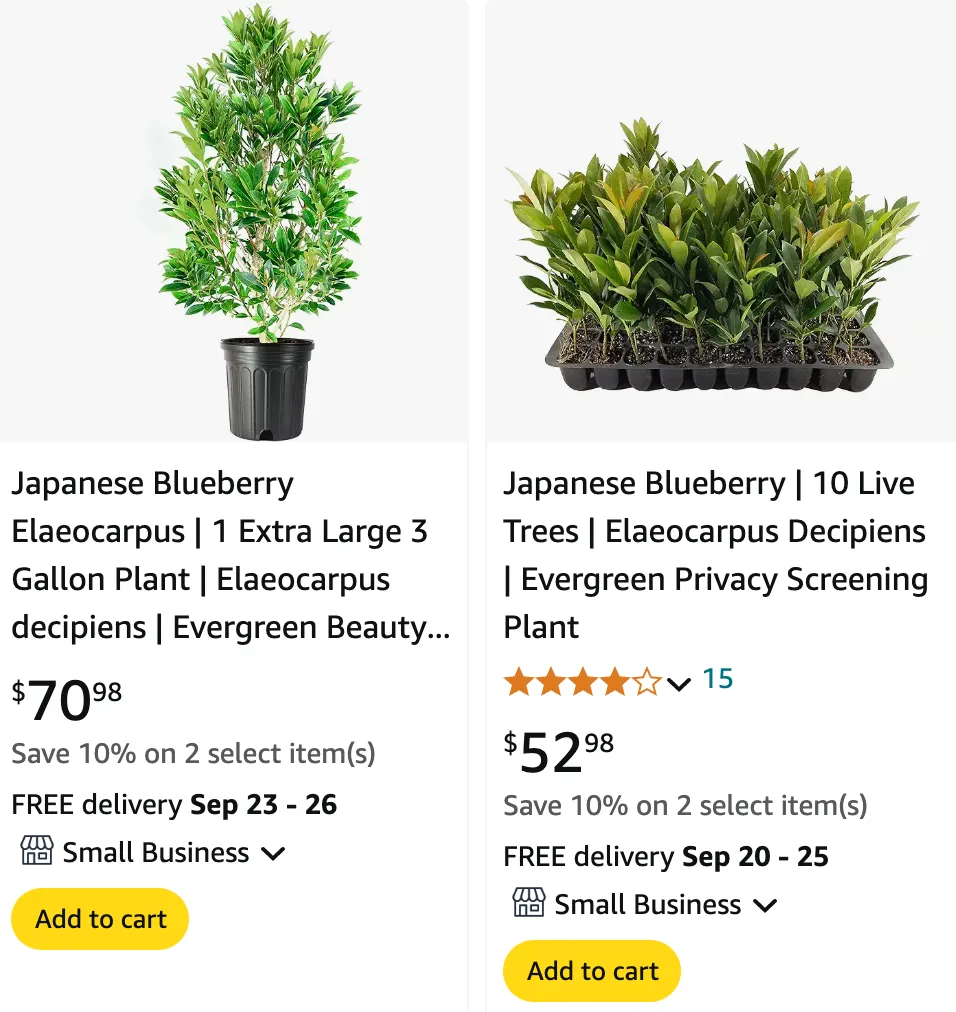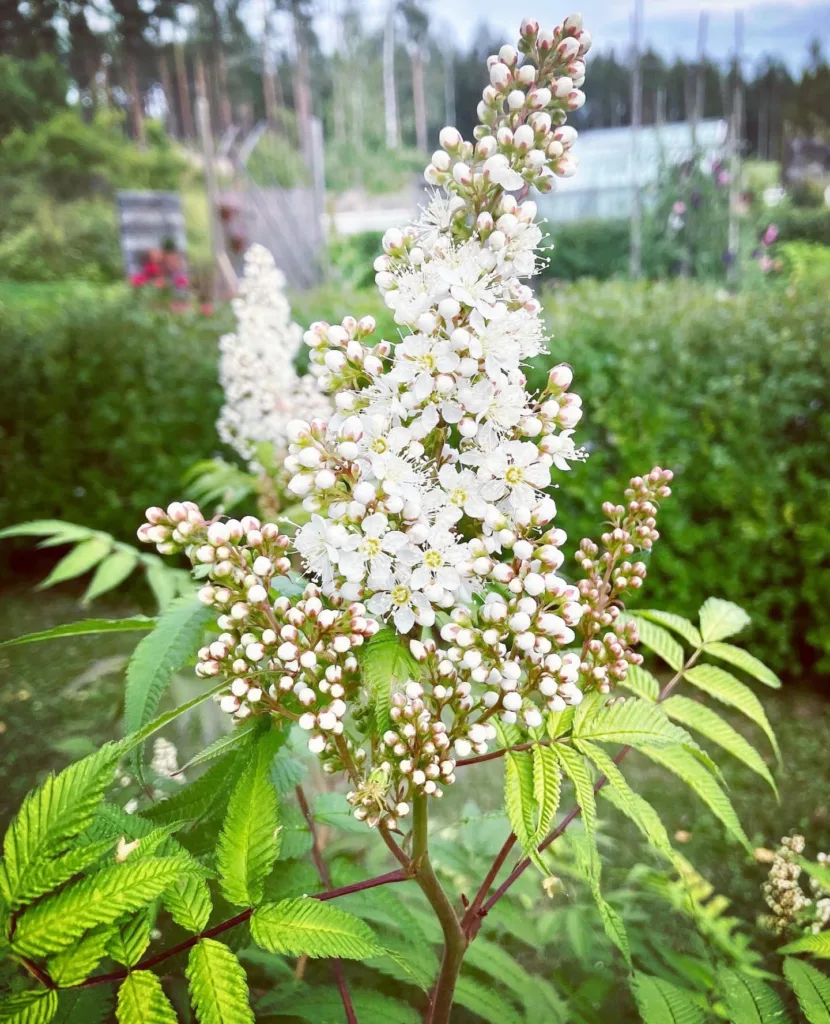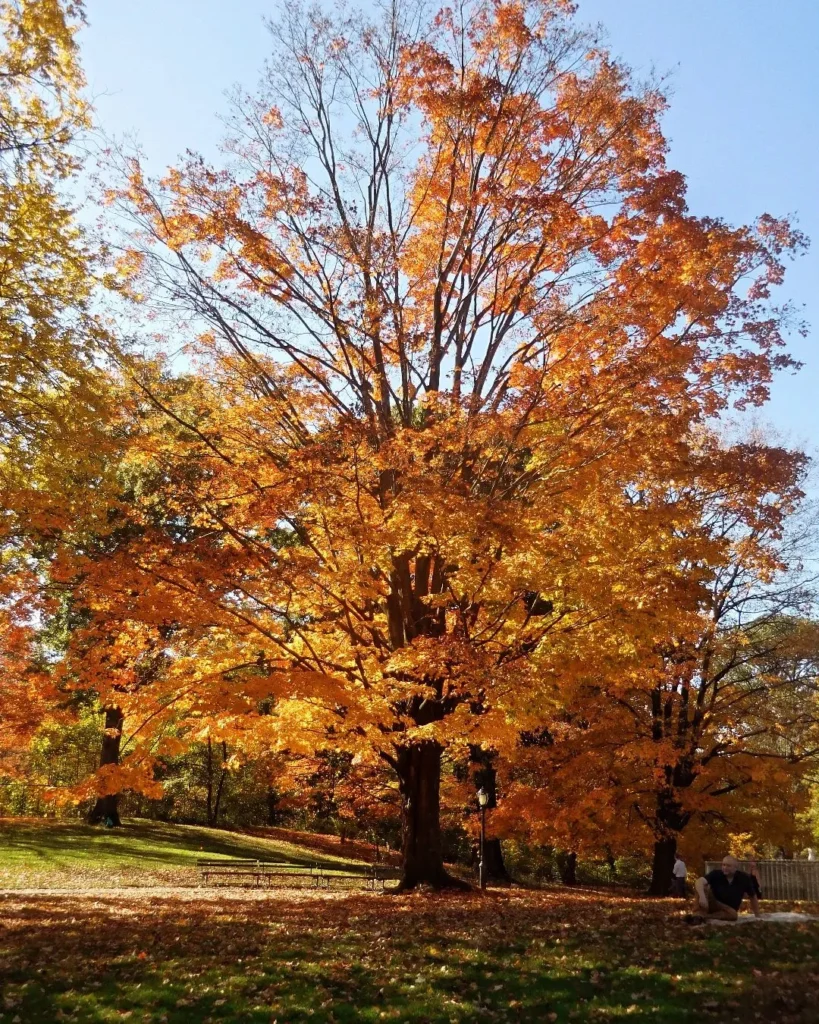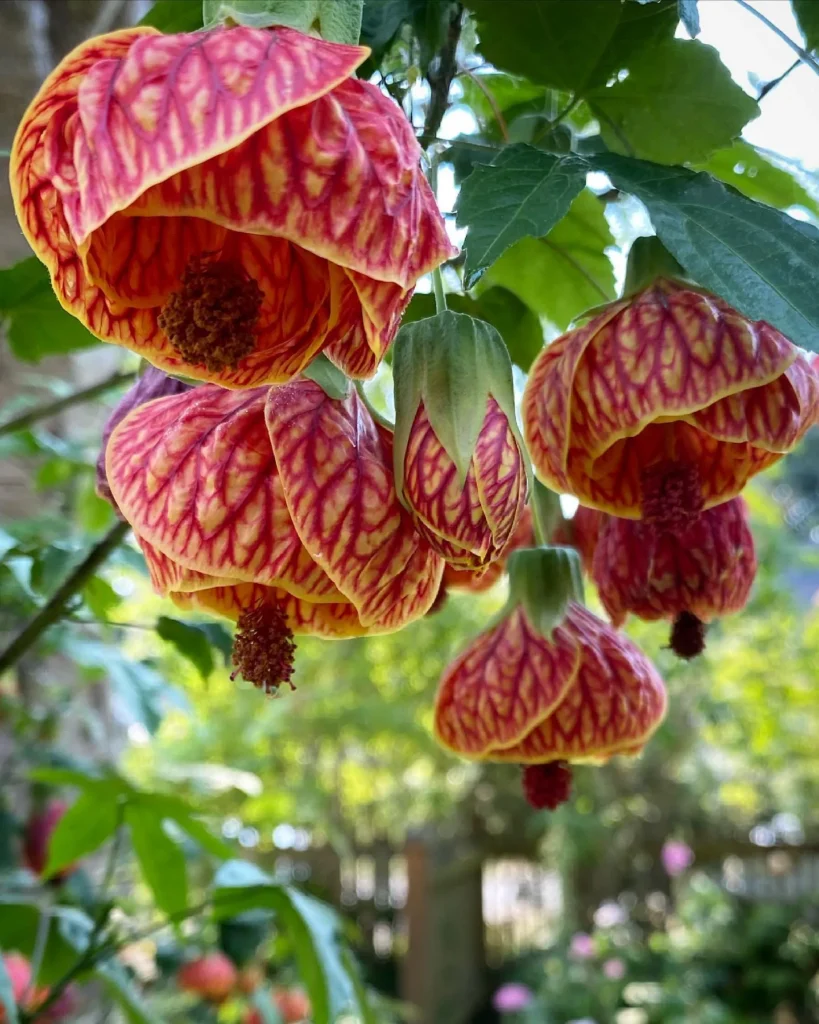
FAQs about Elaeocarpus Decipiens
Elaeocarpus Decipiens, also known as the Japanese Blueberry Tree, is a stunning evergreen tree that’s popular in many landscapes due to its lush foliage and ornamental appeal. Having grown and cared for this tree myself, I’ve come to appreciate its beauty and resilience. Below are some common questions and my personal experience with this tree.
484 Species in Genus Elaeocarpus
What is Elaeocarpus Decipiens?
Elaeocarpus Decipiens is a broad-leaved evergreen tree native to East Asia. It’s often used as a decorative feature in gardens and landscapes because of its dense, dark green leaves and small, blue-colored berries. Its upright growth and attractive, leathery foliage make it a favorite for creating privacy screens or as a stand-alone ornamental tree.
How to Care for Elaeocarpus Decipiens?
Caring for an Elaeocarpus Decipiens is relatively straightforward. In my experience, it’s quite low-maintenance. Here’s how I take care of mine:
- Light: This tree thrives in full sun to partial shade. While it can tolerate some shade, planting it in a spot where it gets plenty of sunlight will result in a healthier, denser plant.
- Watering: Regular watering is essential, especially when the tree is young. I’ve found that it prefers well-drained soil and needs consistent moisture in its first few years. Once established, it’s quite drought-tolerant.
- Soil: Elaeocarpus Decipiens grows best in slightly acidic, well-draining soil. I usually add a bit of organic compost during planting to enrich the soil.
- Pruning: It doesn’t require much pruning unless you want to shape it. I prune mine lightly in late winter to early spring to maintain a nice shape.
- Fertilizer: I apply a slow-release fertilizer in the spring to boost growth.
How to Propagate Elaeocarpus Decipiens?
I’ve tried propagating Elaeocarpus Decipiens through seeds and cuttings. While seed propagation takes longer, I find cuttings to be a quicker method. Here’s how I do it:
- Cuttings: Take semi-hardwood cuttings during late spring or early summer. Make sure to cut below a node and remove any lower leaves. Dip the cuttings in rooting hormone before placing them in a well-draining potting mix.
- Seeds: Collect the blue berries and extract the seeds. Soak the seeds for 24 hours before planting them in a seed-starting mix. Keep them warm and moist until they germinate.
Can You Grow Elaeocarpus Decipiens Indoors?
Elaeocarpus Decipiens is not typically grown indoors due to its size. In my experience, it grows best in outdoor landscapes where it has plenty of room to spread. However, if you have a large, bright indoor space with high ceilings, you could potentially grow it in a container for a while before transplanting it outside.
Is Elaeocarpus Decipiens Poisonous?
One of the most common questions I get is, “Is Elaeocarpus Decipiens poisonous?” To the best of my knowledge, Elaeocarpus Decipiens is not considered highly toxic to humans or pets. However, I would still advise caution with the berries. While birds seem to enjoy them, it’s always a good idea to keep children and pets from ingesting any part of the plant, as individual reactions can vary.
What to Plant with Elaeocarpus Decipiens?
Elaeocarpus Decipiens pairs well with a variety of other plants. I like to plant it alongside contrasting species that can complement its deep green leaves. Some good companion plants include:
- Loropetalum: With its vibrant purple foliage, Loropetalum provides a striking contrast to the dark green leaves of Elaeocarpus Decipiens.
- Agapanthus: I love the way the blue flowers of Agapanthus echo the color of the berries.
- Camellias: These evergreen shrubs with their glossy leaves and beautiful blooms make a nice complement to Elaeocarpus Decipiens.
Common Problems with Elaeocarpus Decipiens
While Elaeocarpus Decipiens is relatively pest-resistant, I have encountered a few issues over the years.
- Leaf Spot: Occasionally, the leaves can develop brown spots, especially in humid climates. This is usually due to fungal infections. I prevent this by ensuring good air circulation and not overwatering.
- Root Rot: If planted in poorly drained soil, Elaeocarpus Decipiens can suffer from root rot. To avoid this, I always plant it in well-draining soil and avoid waterlogged conditions.
Benefits of Elaeocarpus Decipiens
There are several benefits to growing Elaeocarpus Decipiens. In my experience, it’s not only an aesthetically pleasing tree but also a functional one. Here are some advantages:
- Privacy Screen: Due to its dense foliage and upright growth, it works wonderfully as a natural privacy screen or hedge in the garden.
- Bird Habitat: The berries produced by this tree attract birds, making it a great addition if you’re looking to create a bird-friendly garden.
- Drought Tolerance: Once established, Elaeocarpus Decipiens is quite drought-tolerant, which makes it an excellent choice for areas with less rainfall.
Compare Elaeocarpus Decipiens with Other Similar Trees
Elaeocarpus Decipiens can sometimes be confused with other evergreen trees, such as Ligustrum Japonicum (Japanese Privet). Both are commonly used in landscaping, but there are a few differences:
- Foliage: Elaeocarpus Decipiens has larger, more leathery leaves compared to the smaller, waxy leaves of Ligustrum Japonicum.
- Growth Habit: While both trees have an upright growth habit, Elaeocarpus Decipiens tends to have a more elegant, tree-like appearance, whereas Ligustrum Japonicum is often pruned into shrubs.
- Berries: The blue berries of Elaeocarpus Decipiens are more ornamental compared to the less noticeable berries of Ligustrum.
In summary, I’ve found Elaeocarpus Decipiens to be a versatile and attractive tree that fits well in various landscape designs. Its ease of care, along with its unique berries and attractive foliage, make it a great choice for both novice and experienced gardeners alike.
If i die, water my plants!



